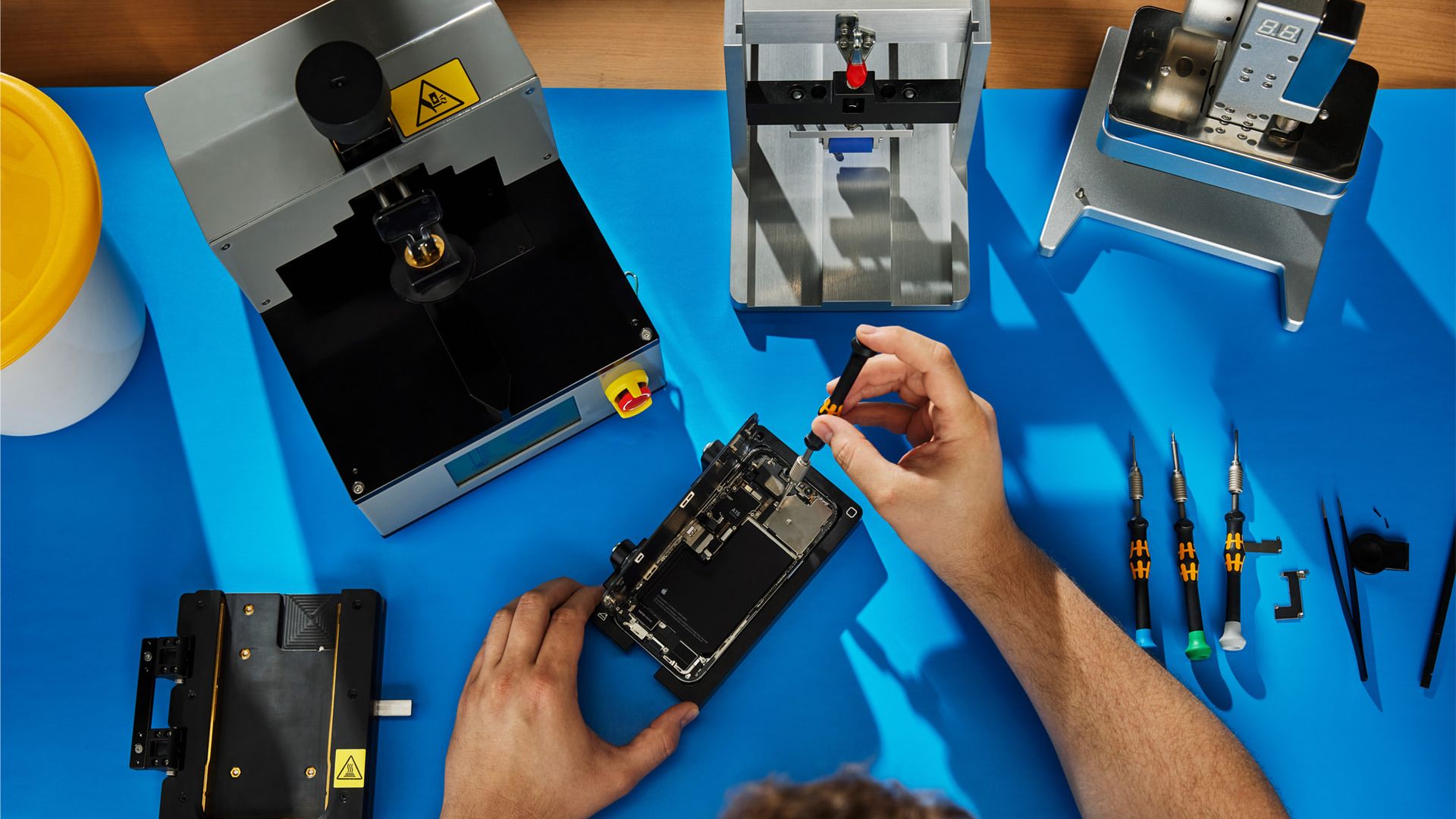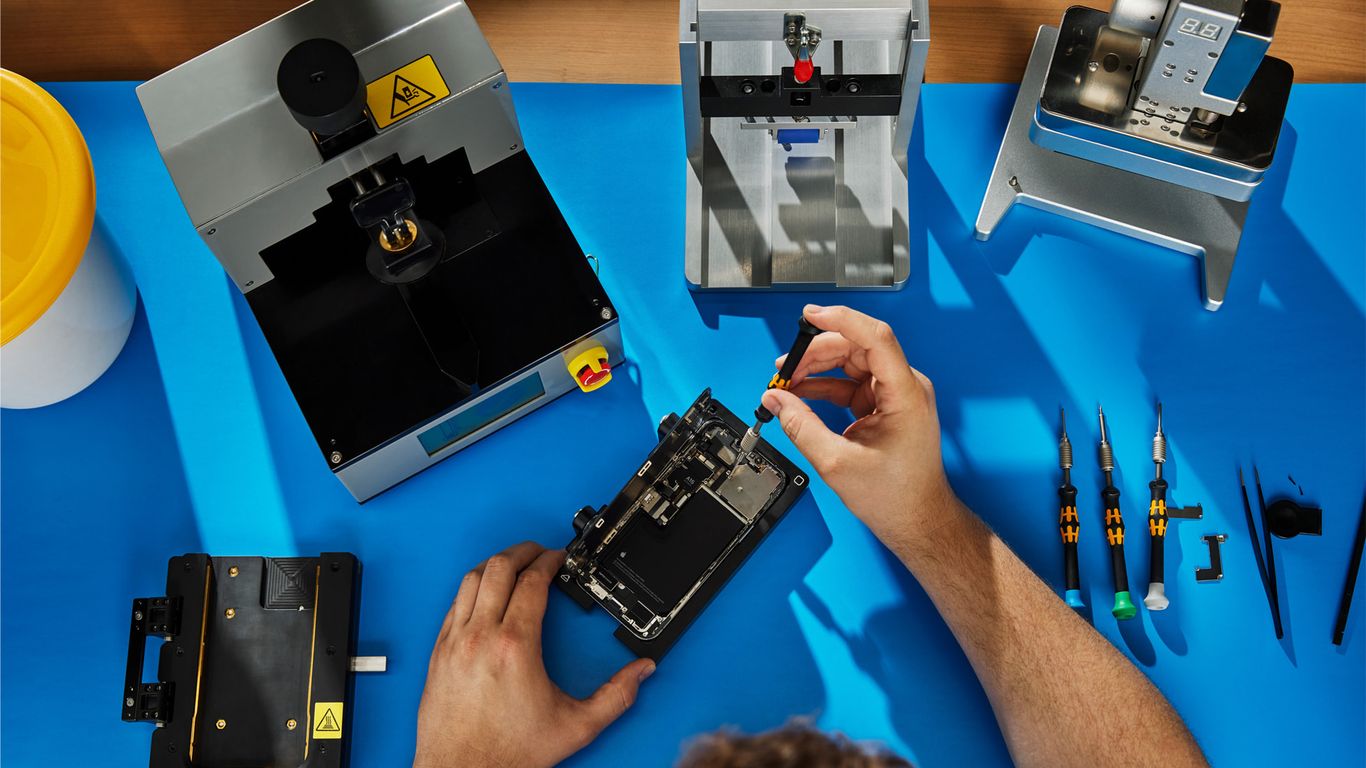
Apple is reversing its controversial iPhone 15 repair policy by making it easier for iPhone owners to fix their devices with used parts. The new process will maintain an iPhone user's privacy, security and safety while offering consumers more options, increasing product longevity. Apple announced that starting this fall, the new process is designed to make it possible for customers and independent repair providers to utilize used Apple parts in repairs.

/cdn.vox-cdn.com/uploads/chorus_asset/file/24931302/236791_Apple_iPhone_15_and_15_Plus_review_DSeifert_0005.jpg)

